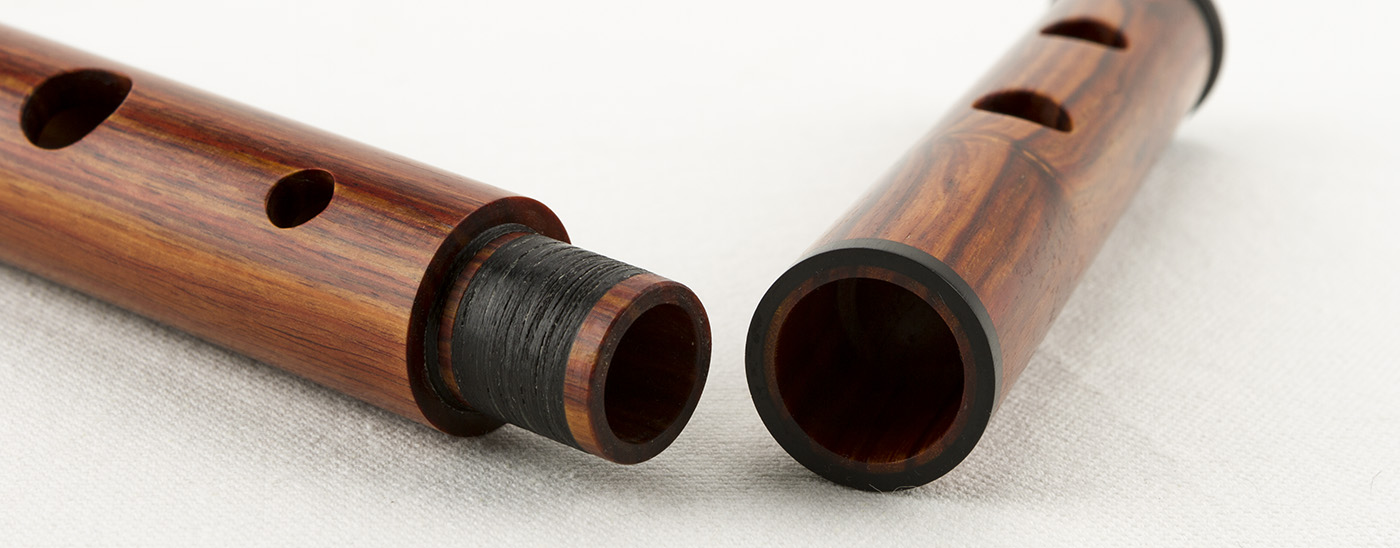Okay, I thought I would post a quick update about my more recent findings.
In developing the design, one of the biggest challenges is the connection between the wooden body and the steel tip...
There are a few complications, and I'll try to sum them up in bullet form for easy digestion:
- Thermal expansion. The steel will expand and contract at a different rate, causing various joints to become loose or tight.
- Thermal conductivity. Metal on metal joints will conduct heat really well, letting the heat from the tip, transfer directly to the wooden body of the vape.
- Abrasion. Press fit unions between similar materials will wear over time, producing a loose joint that is difficult to repair.
- Threaded unions and glue. With a threaded union, you need a male and female that are made from compatible materials. So, you end up having to make a glued joint between the wooden body, and the metal bushing that will be threaded (Cutting the threads into the wood is not a good idea at this scale, the heat will make the fine threads weak and they will degrade over time).
This glue joint is a problem. There are high heat epoxy resins out there, but most of them require a heat cure at a temperature and duration that would damage the wood. This glue joint would have to hold up to heat, and the expansion/contraction difference between the metal bushing and wood body. My gut tells me that this would eventually fail.
That, and using glue is...less elegant.
So, where does that leave us?
The answer, I found, is in instrument making. Wooden wind instruments have the exact same problems. They need to have air-tight unions, between materials that are constantly expanding and contracting, and these unions have to be infinitely serviceable for longevity.
There seems to be two avenues. Cork, and waxed thread. Cork is out, because, again, it requires glue.
Here is what a waxed thread union looks like,
This has a few advantages. It strengthens the wooden tenon, keeping it bound will reduce the likelihood of cracking. It is completely adjustable. By adding or removing thread, you can service the joint so that it is perfect despite any seasonal changes in the wood.
The thread makes an elastic joint that swells or contracts when needed, so that changes due to thermal expansion are not an issue.
It requires no glue.
And, I would like to use Nomex/Kevlar thread. This heat resistant thread will provide a thin layer of insulation between the steel tip and wooden body so that less heat is transferred directly to the wood.
So, that's where I'm at as far as the joinery goes...
You may be wondering, why not just sleeve the wood with stainless steel and stabilize the wood so that it doesn't contract/expand? Well, I want a wooden airway, that's why.
Glass, stainless or ceramic seems to be the preferred airway material for modern vaporizers. But, based on my experience with pipe making, I don't think that these materials are ideal in a small portable vape.
Porous ceramic might be something to explore, but for now, I'm going to put those ideas aside, too many issues with using ceramic materials...
Traditional tobacco pipes are made from wood because the physical properties of wood make for a good smoke. This is mostly due to the porosity of the wood. This porosity sucks the moisture (steam) out of the smoke. A dry smoke is a smooth smoke, surprisingly. Then this moisture is allowed to dissipate outwards, through the wood, rather than stay strapped inside the airway.
Non-porous materials will give you a far more neutral taste, but they will also give you a harsher vapor, and will condense moisture on the inside walls which will need to be cleaned.
There are two paths I could take with this... I could go with stainless, and the airway would be easy to clean, it would taste neutral, and it would provide a hotter/harsher vape. Or I could go with solid wood, which would never truly be neutral tasting, but it would help give you that smooth vape. The main body of the vape wouldn't get as hot either.
Personally, I think that this vaporizer should evolve in taste, just like a tobacco pipe. It will never return to baseline...both in taste, and aesthetics. The oils from the vapor, and your hands, will permeate the wood and change its colour over time... in a year, your vaporizer will look and taste different than anyone elses. It's taste would be shaped by what herbs you vape... and much like a well made tobacco pipe, it should only become better with age!
I know this is a new concept with modern vapes, but.. I totally dig that shit, haha.



The VAS is so strong... If this were available right now I wouldn't hesitate for a moment.




















